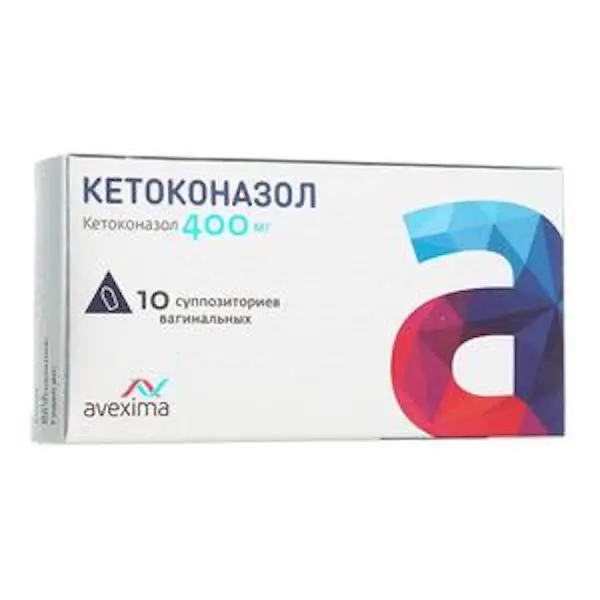Description
Metromicon-Neo Pharmacodynamics
METROMICON-NEO® is a combined preparation with antiprotozoal, antifungal and antibacterial action. It contains metronidazole and miconazole.
Pharmacodynamics. Metronidazole belongs to 5-nitroimidazole and is a drug with bactericidal type of action, exhibiting tropism (ability to interact) to deoxyribonucleic acid.
The mechanism of action consists in biochemical reduction of the 5-nitrogroup of metronidazole by intracellular transport proteins of anaerobic microorganisms and protozoa. The reduced 5-nitrogroup of metronidazole interacts with the deoxyribonucleic acid of the microorganism cell, inhibiting the synthesis of their nucleic acids, which leads to the death of the bacteria. It is active against protozoa: Trichomonas vaginalis, Entamoeba histolytica, as well as obligate anaerobic bacteria: Gram-negative
– Bacteroides spp. (including Bacteroides fragilis, Bacteroides distasonis, Bacteroides ovatus, Bacteroides thetaiotaomicron, Bacteroides vulgatus), Fusobacterium spp, Prevotella spp. (Prevotella bivia, Prevotella buccae, Prevotella disiens), Gram-positive – Clostridium spp., Eubacterium spp., Peptococcus spp., Peptostreptococcus spp., Mobiluncus spp. and facultative anaerobe – Gardnerella vaginalis.
Aerobic microorganisms are insensitive to metronidazole, but in the presence of mixed flora (aerobes and anaerobes) metronidazole acts synergistically with antibiotics effective against common aerobes.
Miconazole is an antifungal agent, an azole derivative. When used intravaginally, it is active mainly against Candida albicans. Fungicide and fungistatic effect of miconazole is due to inhibition of ergosterol biosynthesis of envelope and plasma membranes of fungi, changes in lipid composition and cell wall permeability, causing cell death of fungus.
Indications
Vaginal candidiasis, bacterial vaginosis, trichomonas vaginitis, vaginitis caused by mixed infections.
Contraindications .
Hypersensitivity to the components of the drug and to other azoles; pregnancy (I trimester); period of breastfeeding
nursing period; organic lesions of central nervous system (including epilepsy); porphyria; severe liver function abnormalities; children under 18 years old; virgins.
Administration during pregnancy and lactation
Administration of the drug is contraindicated in the first trimester of pregnancy. Administration in II and III trimesters of pregnancy is possible only if potential benefit for mother exceeds possible risk for fetus.
If it is necessary to prescribe the drug during lactation, breast-feeding should be stopped because metronidazole penetrates into the breast milk. Breast-feeding can be resumed 24 to 48 hours after stopping the treatment.
Dosage and administration
- Intravaginal.
- Previously released from the suppository contour packaging with scissors (cut the film on the contour of the suppository), to introduce it deep into the vagina.
- One suppository in the morning and at night for 7 days. In recurrent vaginitis or vaginitis resistant to other treatments, use for 14 days.




